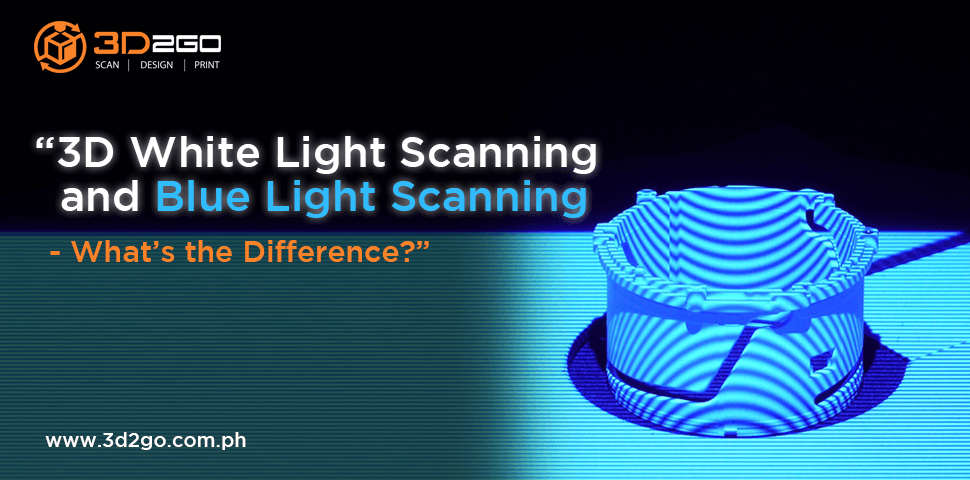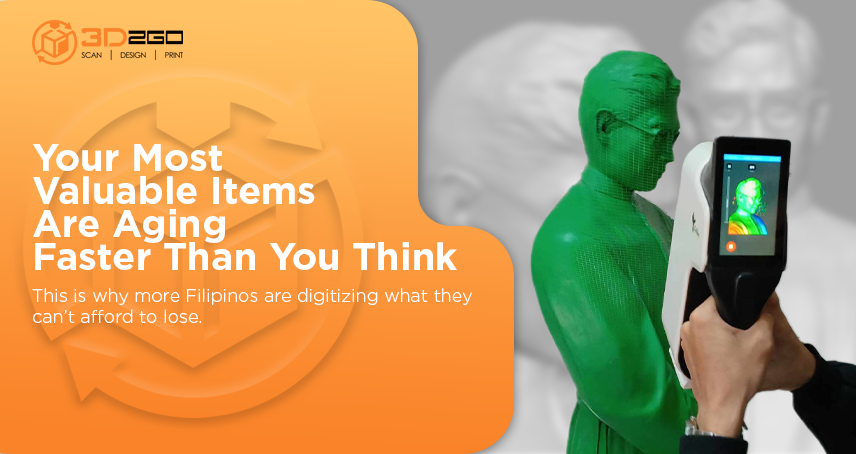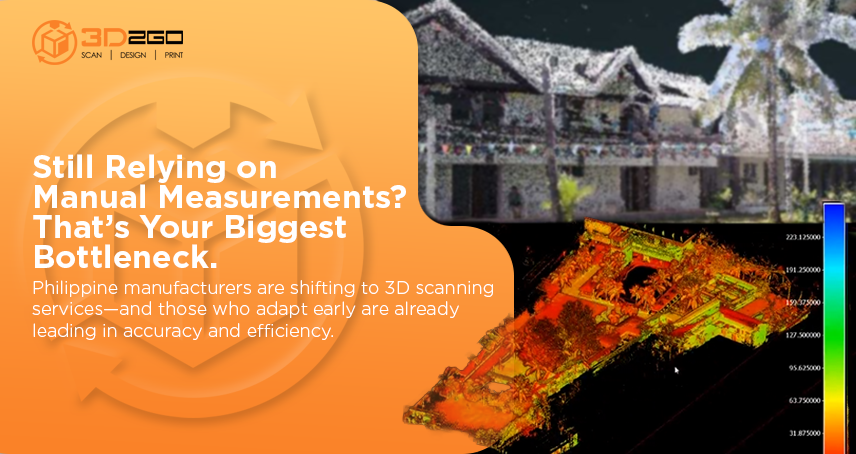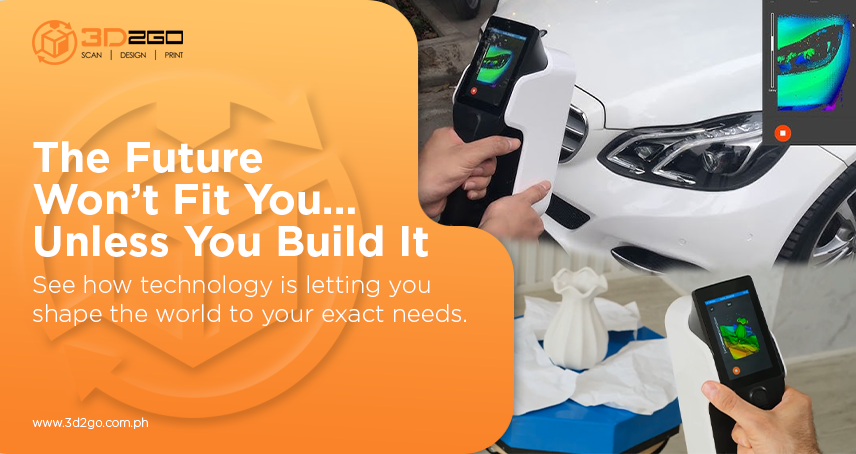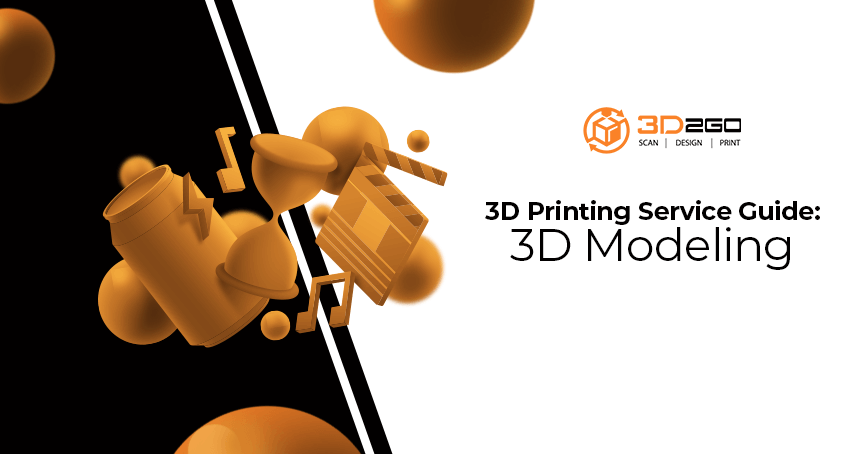
3D Printing Service Guide: 3D Modeling
June 10, 2022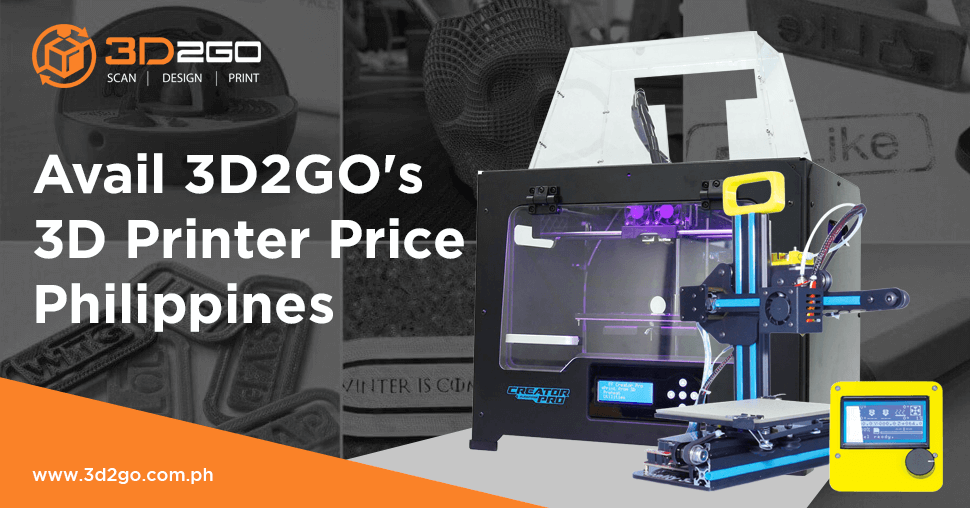
Avail 3D2GO’s 3D Printer Price Philippines
June 11, 2022The Difference Between 3D White Light Scanning and Blue Light Scanning
Despite becoming more common as years go by, 3D technology still remains to be a mystery to some.
While known for accurate scanning, modeling and, eventually, printing of design concepts, there is still a lot to unpack in this useful technology.
In order to understand the process of 3D technology. This article will discuss two of the most important components of 3D scanning – white light scanning and blue light scanning.
Structured Light Scanning in 3D Scanning Technology
3 dimensional scanning aims to create an accurate digital model of an object or a design concept, be it for printing purposes or for study.
In order to create an accurate, near-identical model, the input device for the design must be powerful and heavy duty, given the amount of detail that it needs to process.
In 3D scanning, there are two types of scanning involved; white light scanning and blue light scanning. Commonly known as a joint process called “structured light scanning”, which makes use of light patterns to accurately derive measurements and dimensions of an object.
While often referred to as one, both types of light scanning make use not just of different types of light but different processes entirely.
What is White Light Scanning?
White light scanning is making use of white light to produce accurate measurements of the reference object. Through patterns of light, white light scanning can produce high-precision and highly-accurate 3D models of objects.
This type of scanning acquires data by projecting light onto the object being scanned, while a camera captures numerous images of the objects from all sides. Through light patterns, the scanner determines the accurate measurements and scale of the reference object, creating a high-resolution model.
White light scanning is a big improvement from laser scanning, as it captures more details and depth. Due to its non-contact nature, white light scanning can be used on objects with fine and delicate features that may be damaged by the usual probing type of scanning.
Used in reverse engineering and 3D modeling, white light scanning assures an in-depth and highly-accurate digital model due to its capacity to encode actual measurements and spatial elements, without compromising any possible delicate features of the object.
What is Blue Light Scanning?
Blue light scanning is not that different from white light scanning, despite what the name suggests.
While white light scanning sounds like a completely different process, the relationship between these two types of structured light scanning is actually more derivative than contradictory. Suffice to say, blue light scanning is a recent, more developed version of white light scanning.
The process for blue light scanning involves projecting strategic patterns of light and making use of both the lighter and darker areas of the object to create a point cloud – a reference point used to accurately capture the measurements and features of the object being scanned.
Being an improved version of white light scanning, blue light scanning is essentially the same process, except that it emphasizes on capturing the object’s highly accurate size and definition, creating higher-resolution digital models without needing a controlled setting to scan.
Is There Really a Difference?
To summarize, both types of structured light scanning are not entirely different from another. White light scanning is a revolutionary technology that captures data through patterns of light and captured images, so is blue light scanning.
Blue light scanning is a much more reinforced update of white light scanning, growing from its areas of improvement, developing features such as portability, stability, accuracy, use of a better wavelength of light, making it higher performing compared to its predecessor.
Nevertheless, both scanners are revolutionary in their own right. 3D scanning technology has improved design and many other fields but paving the way to much more effective channels of acquiring data and, in turn, creating more accurate, high-precision models and prototypes.
The Role of White Light Scanning and Blue Light Scanning in 3D Reverse Engineering
3D technology continues to transform many fields as it continues to make its way to normalcy.
From areas such as design, engineering, architecture, art and medicine, 3D technology continues to make many previously unattainable concepts possible. Through scanning, to other developments such as modeling, reverse engineering and printing, 3D provides many possibilities.
3D reverse engineering is a 3D technology that allows designers, researchers and manufacturers to recover the composition of an object, in hopes of creating a replica, an improved prototype or a digital model for design or production purposes.
One of the most important applications of structured light scanning is in 3D reverse engineering. 3D scanning provides a much more accurate and high-resolution model that can be used to retrace and study an object’s components, either for research or for development
Now that this technology is available, devices that have been long obsolete or have long lost formulas can be reconstructed for further study and improvement.
Making Designs Come to Life in 3D Scanning
With technology like 3D scanners and printing, there are basically little to no limits in creating.
As technology continues to evolve, so do design concepts, and 3D technology continues to open possibilities to many designs and innovations in the future. The accuracy of 3D scanned digital models will be beneficial in creating and reconstructing developments that reach new heights in business, health, engineering, art and many more.
3D2GO Offers 3D Scanning for Every Design and Purpose
Contrary to popular belief, 3D technology is now making waves in the Philippines. This innovation is closer to you and to your interests than you think.
3D2GO is a top-notch provider of 3D scanning in the Philippines. We offer state-of-the-art 3D scanning services, both white light scanning and blue light scanning available – whichever more fitting to your needs. We offer a wide selection of 3D technology services – 3D scanning, 3D printing, 3D reverse engineering – catering to entrepreneurs, students, hobbyists and the like.
We’d love to show you the limitless possibilities in 3D. Contact us here now for more details.


